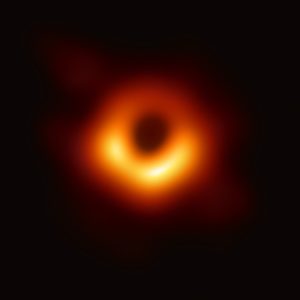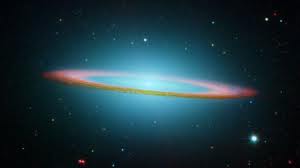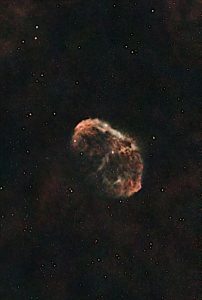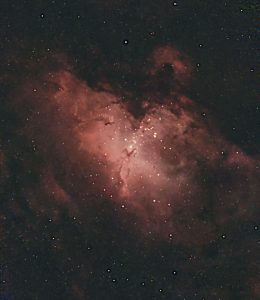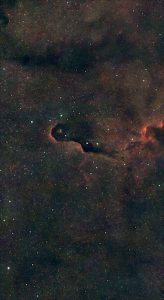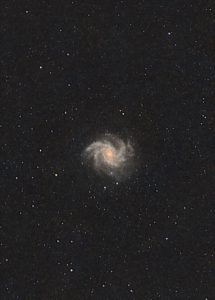Do you know the ” Curse of Iron” with respect to a star?
Club member Patrick Hayes delivered a fascinating presentation on the life cycle of a star. His was the first presentation of the night at the SAG Star Party held at the Stratford Museum Friday, March 21. This was followed by Paul Bartlett’s presentation on the 15 Guide Stars of the Night Sky throughout the Seasons. Dr. Michael Burn’s wrapped up with a talk where he answered questions about the Universe.
(15 GUIDE STARS OF THE NIGHT SKY THROUGH THE SEASONS AND THE WINTER HEXEGON AND SUMMER TRIANGLE)
Fusing atoms is what generates energy for a star. With each fusion process beginning with hydrogen fusing into helium, energy is released.
This process continues in a star with each new fusion producing a new atom reflected in the periodic table. This fusion continues until two silicon atoms fuse together into an iron atom.
As Patrick explains, “Iron doesn’t produce energy when it fuses, it absorbs energy”.
Do you know what comes next? Click HERE to view the presentation (A Star is Born and Then…)
Following the talks, attendees went outside the museum where two SeeStar S50 telescopes were operated to view the night sky.
Many thanks to Patrick and to presenters Paul Bartlett and Michael Burns as well. And to Patrick and to Ken Roberts for operating the telescopes.
Megan Patterson of the Stratford Museum was very pleased with the night. The museum donated $150 to the Stratford Astronomy Group.
Tom Kimber – News
